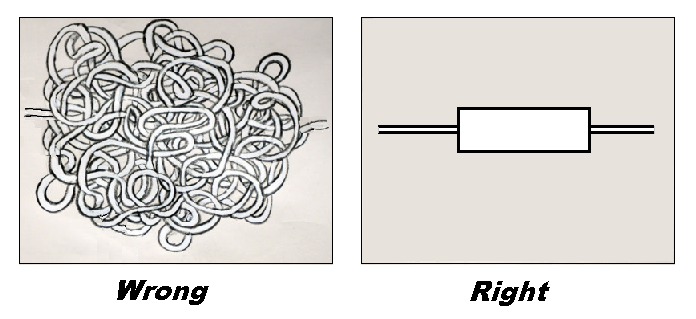When it comes to industrial simulation, everything depends on the model. Speaking of simulation itself, or in other words running a replication, this is when the experiment is launched, this is the work of the computer and the piece of software. But the model is your creation, or mine. If the model is completely wrong, the simulation will be running as successfully as with a reliable representation –results will be wrong, that’s all.
The model can be relatively right, that is, quite true in representing the real world system, but including several weaknesses that will make it difficult to use or to modify. It is a kind of time bomb that will cause trouble if the model is changed where it should not be.
You have to learn modeling: by knowing very well the simulation software you will use, by « translating » straight away the route of a part in a workshop into a sequence of operations and rules, by having built other similar models… As in all professions, experience is an important factor.
The perfect model does not exist, of course – however let’s share some useful principles tending towards this ideal.

Specific objectives
The purpose of an industrial simulation study is to answer certain questions, which must have been identified and quantified. No vague scope, no imprecise indicators, no general or unclear aim. Modeling options often directly depend on the objective of the study. And if there are several questions on different levels, more than one model will be built.
Independent data
The model must be nothing but structure and logics, and be constructed without relying on figures. The representation will be true whether such operation lasts twelve seconds, twelve hours or more. The model will integrate the production plan of yesterday, of today and of tomorrow.
Data will be imported at the beginning of a run or fetched in an internal database: do not hide a manufacturing time in the parameters of a machine, or even worse, write an SKU in the code of a routing macro! Model and data are independent.
Limited size
A slender model is always better: it is easier to understand, quicker to run, simpler to maintain. You have a very huge plant to simulate, with many details to take into account? Have a slim model anyway. A big model overlooks a poorly defined question, irrelevant details represented just for the pleasrure of seeing them; a preliminary analysis is not carried out until setting the true needs. Two concise models are worth more than a big model.
Structured database
It is mandatory to take the necessary time to organize the data associated to the model into relational data tables -when such tools are available- and to identify the links between the different categories of data. One of the first steps in building a model consists in writing the database structure and even the locations for reading/writing data in the model.
User interface beforehand
Who will use the model? Here too many decisions depend on the profile of the end-user, on the time s/he will be able to devote to simulations. Discussions will help defining the required indicators and their format – thus providing with the data tables (cf. prior paragraph) to be used for user input. Adding the user-interface once the « gross » model is finished is possible, but usually not without undoing some portions for rebuilding them differently.
Anticipated evolution
Some industrial models are used just for one single study, but some change over years and others are given a new life while they were considered useless. Those who work in modeling should think about the future and document, explain and comment wherever possible. Modeling is just a specific form of programming and it should involve the same good manners and the same discipline.
Back to work now!